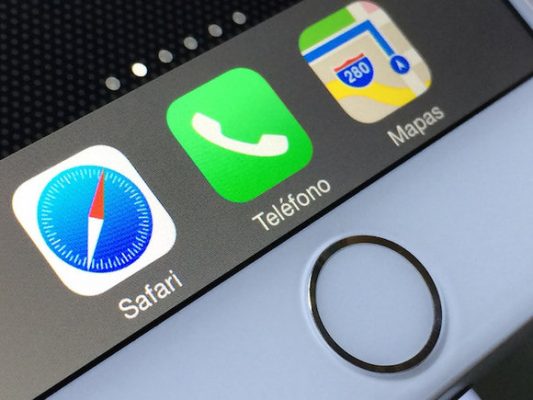Apple is now expected to lose the Home button on the iPhone 8, replacing it with gesture controls. The decision sounded quite shocking, but on closer reflection, Apple appears to have been hedging its bets on the future of the Home button for longer than we thought.
iPhone Home game
Think about it like this: Apple introduced the iPhone 7 and 7 Plus this time last year. These new devices were very successful, attracted lots of new and upgrading users and wowed them all with their excellent cameras. But they did a little more than this. They also subtly changed the nature of the Home button — these new Apple smartphones just weren’t as reliant on the button as these devices had been until then.
Restarting blocks
The most tactile part of the iPhone is its physical Home button, and one of the most life or death tasks you can engage in with your Apple smartphone is to force restart your device.
I guess that tactile connection is why the company used the button as part of the force restart process in iPhones until the iPhone 7 series devices. You see, all earlier Apple mobiles let you restart the device by pressing and holding the Sleep/Wake and Home button at the same time.
This changed in late 2017 when Apple’s new devices dismissed the Home button so you needed to press the Sleep/Wake and Volume Down buttons for at least 10 seconds in order to restart the thing.
Rest finger
This wasn’t the only change.
iOS 10 saw the default way to unlock an iPhone changed so it required a physical press on the Home Button.
Not everybody liked this, so Apple created a “Rest Finger to Open” feature that it buried in among the Accessibility Settings. When you enabled this, your iPhone began opening up when you placed your finger on the Home button. I see this interaction-free way of opening your iPhone as a sign of the future, given we’re now being told the next-generation device will have no Home button at all.
There are four other ways we use Home buttons frequently today:
- To exit apps (single click the button)
- To see active apps (double-click the button)
- To access Accessibility tools if enabled (three clicks)
- To talk to Siri
What’s nice about these commands is that they are so simple to accomplish and the Home button is so easy to find, no matter how dark it is.
What’s next?
It isn’t really fair to judge how Apple plans to replace the Home button on the basis of one or two so far unconfirmed reports. We’ll find out more on September 12 when the company tells us about the new device.
We’re told that to exit an app, we’ll need to drag a thin bar from the bottom of the screen and then flick it upwards. I guess we’ll get used to that, but it does sound a little less intuitive than a quick press of the tactile Home button we are using today.
How Apple intends replacing the other uses of the Home button isn’t actually discussed — but I’m guessing some of these uses will be re-created somewhere in the “multitasking interface,” or (conceivably) made available as widgets in the Control Center.
Accessibility matters
I am a little concerned that by abandoning the Home button, Apple is going to make the accessibility features in iOS 11 harder for blind and partially sighted users to access.
Those features have won praise from the likes of Stevie Wonder and the American Foundation for the Blind.
It would be a shame if more usable displays for the rest of us ended up being at the cost of such people. Hopefully, Hey Siri will be empowered to access and launch iOS accessibility features (and switch between apps, etc) on spoken request.
Apple hasn’t revealed the iPhone 8 yet, and there have been conflicting reports as to the future of the Home button.
However, last year’s moves showed us that Apple’s user interface engineers no longer saw Home button behavior as sacrosanct. In the fullness of time, that decision may turn out to have been a hint at the future of Apple’s mobile platforms. It may be that Apple has been thinking different about Home for much longer than any of us thought.
Google+? If you use social media and happen to be a Google+ user, why not join AppleHolic’s Kool Aid Corner community and join the conversation as we pursue the spirit of the New Model Apple?






